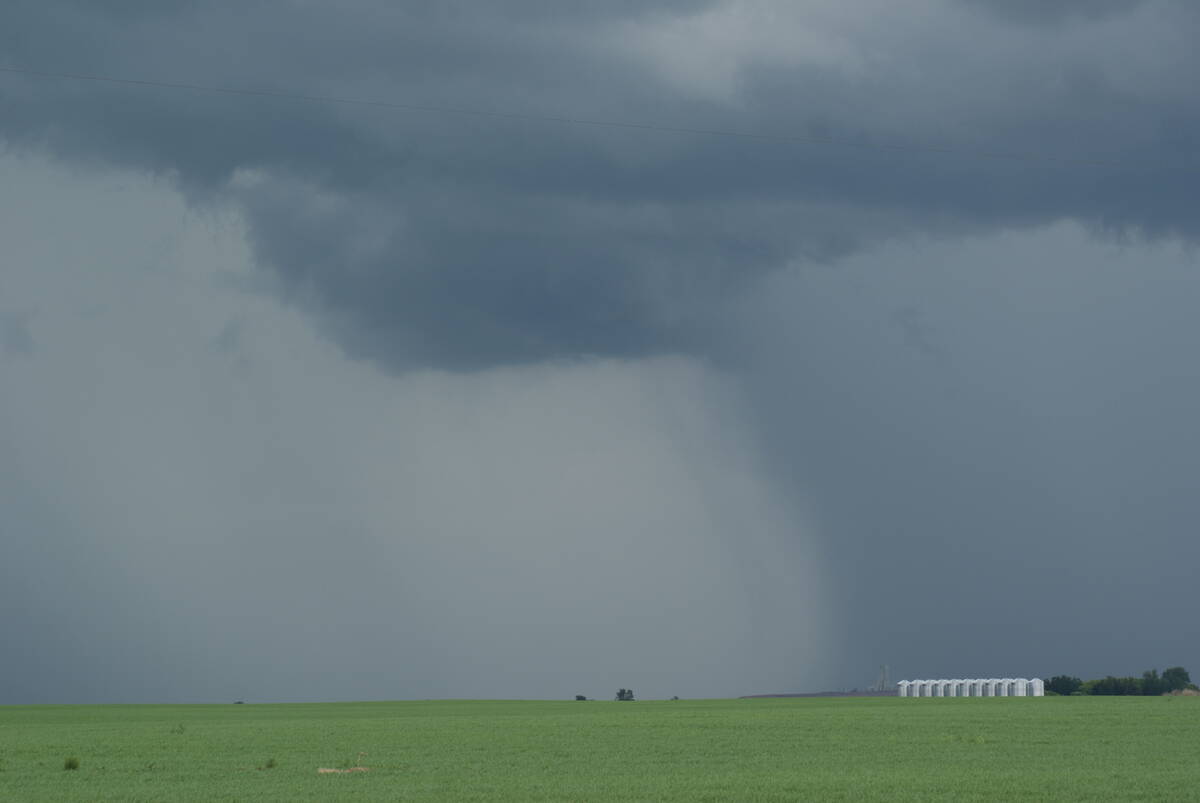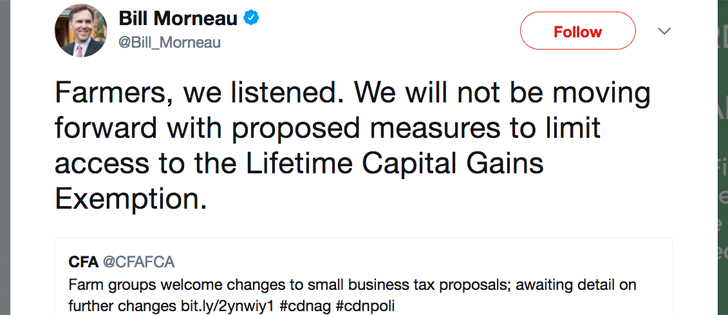The cut to AgriStability is much deeper than most people realize. If you think you still have good support because of your strong reference margins, think again.
You’ve probably heard that the trigger for AgriStability payments is dropping to 70 percent from 85. That’s only part of the story.
Starting in 2013, your reference margin will be limited to your historical reference margin or your allowable expenses reported in previous years, whichever is lower.
For a lot of grain producers who have built up strong reference margins, that number is now irrelevant. Allowable expenses will be a much lower number, and that’s the number that will be used.
Read Also

Canadian farmers need new tools to support on-farm innovation
Farmers need a risk management buffer that actually works and investment that drives advancements forward if Canada is to build resilience.
Allowable expenses under Agri-Stability are only a portion of a farm’s total expenses. If your allowable expenses are higher than your reference margin, you’ve been losing a pile of money.
Let’s say your current reference margin is $500,000 and your allowable expenses in previous years have totalled an average of $300,000. The $500,000 no longer matters. Your support is based on the lower of the two numbers.
Your margin will need to drop below $210,000, which is 70 percent of $300,000, before you trigger an AgriStability payment.
The level of support is now 70 percent regardless of the extent of margin loss, including negative margins. Previously, the support level varied from 60 to 80 percent in a tier system based on the degree of margin loss.
Let’s say you have a bad year and your margin of income over allowable expenses is zero.
Under the current system, you would receive AgriStability support of $332,500 with a $500,000 reference margin, the current 85 percent trigger and the tier system for support levels, most of which is at 80 percent.
However, the new system will use your $300,000 in allowable expenses from previous years instead of the $500,000 reference margin. The new trigger is 70 percent, so your coverage is based on $210,000. A flat support level of 70 percent means you will receive $147,000, less than half of what you would have previously received.
If you’ve had a number of good years, your AgriStability reference margin may have you feeling 10 feet tall and bulletproof. You may want to recalculate your support levels and recalibrate your attitude.
As a farm safety net, AgriStability is riddled with flaws. It discriminates against diversified farms and it doesn’t provide ongoing support in the event of multiple loss years. However, it’s been a heck of a good deal for grain producers who have had de-cent crops in recent years.
Some suggest that strong reference margins have contributed to the rising price of farmland. Guaranteed protection against a significant income shortfall could make a producer more aggressive when bidding on land.
Did this factor into the federal decision? Will producers even participate in the program given the depth of cuts?
Federal consultation over changes to AgriStability and AgriInvest was largely non-existent. Producers, producer groups and provincial governments have been blindsided. In retrospect, maybe we should have seen it coming.
Business risk management programs are the inevitable target when trying to cut the ag budget because they are the largest expenditures.
Farmers and farm groups have a tough time agreeing on anything, but they should have been asked for their input on how to redesign the farm safety nets. The way the cut was made has added salt to the wound.














